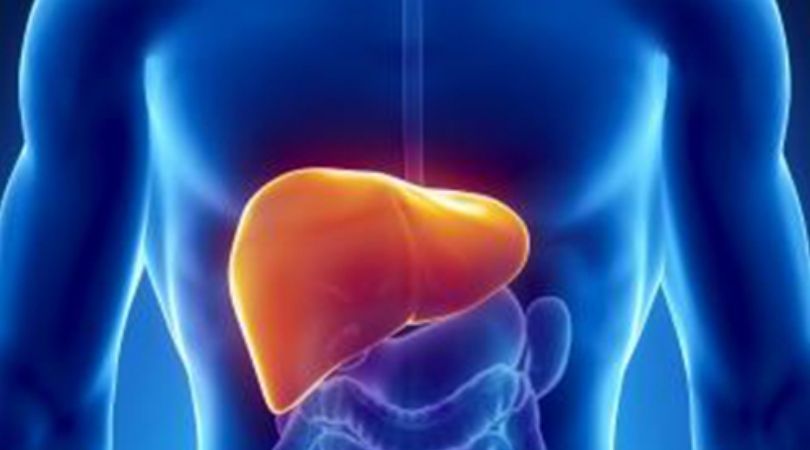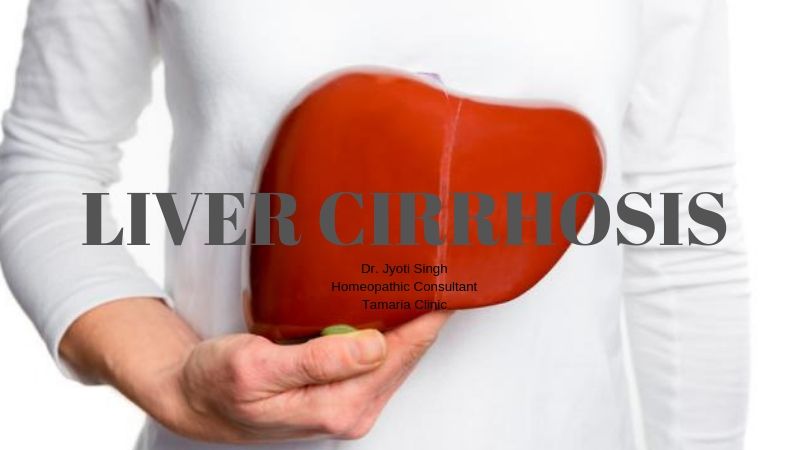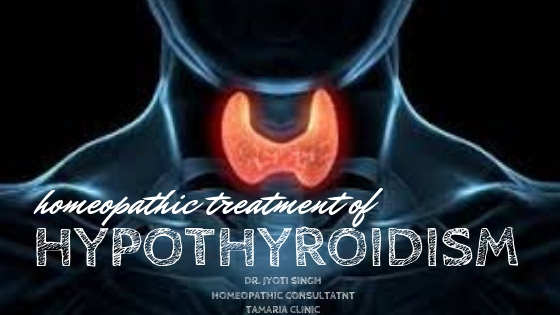THE DEFINITIVE GUIDE FOR THE TREATMENT OF LIVER CIRRHOSIS

WHAT IS LIVER CIRRHOSIS ?
Cirrhosis of the liver also known as hepatic cirrhosis is a late stage of scarring of the liver in which the normal liver cells are replaced by scar tissues. Every time the liver is injured; it tries to heal itself by forming scar tissues. Advance scarring leave the liver with more scar tissues and less normal hepatic cells thus causing impaired liver function. It caused by many forms of liver diseases and conditions such as hepatitis and chronic alcoholism. The damage done to the liver is irreversible so early detection is very important.
RISK FACTORS
- Alcohol: if consumed more would damage the liver. To metabolise the alcohol taken; liver enzymes work on the alcohol. So more alcohol would damage the liver cells and liver would try to repair the injury with scar tissues.
- Obesity: would cause non alcoholic fatty liver thus would increase the risk of cirrhosis
- Hepatitis: infection would damage the liver cells which would be compensated by scarring.
COMPLICATIONS
- Portal hypertension: is increased blood pressure in the veins that supply blood to the liver as due to cirrhosis; the blood flow through the liver becomes slow.
- Bleeding: can occur as small veins may burst due to increased pressure in them as blood is redirected to small veins by the portal veins due to sluggish flow in liver.
- Splenomegaly: is increase in size of spleen. Cirrhosis causes portal hypertension which causes swelling of spleen.
- Infections: cirrhosis decreases the ability of the body to fight with the infection so body is more prone to get more infections.
- Malnutrition: due to cirrhosis the body is not able to utilize the nutients. This would further cause loss of weight and weakness.
- Jaundice: liver metabolises bilirubin and excretes it out of the body. But in cirrhosis the liver is not able to workout the bilirubin thus jaundice develops
- Increase risk of liver cancer: cirrhosis increases the risk of development of cirrhosis.
- Weak bones: due to lack of assimilation of nutients the bones also become weak and chances of bone diseases increase.
- Hepatic encephalopathy: due to build up of toxin in the blood (as the liver is not able to metabolise them), the toxins can build up in brain as well causing mental confusion and difficulty in concentration as well.
SYMPTOMS AND CAUSES
Symptoms
- Loss of appetite
- Fatigue and easily bleeding
- Nausea, hair loss and breathlessness
- Itching on skin
- confusion, drowsiness and slurred speech
- Yellow discoloration in the skin and eyes
- Swelling in the legs,feet or ankles
- Redness in the palms
- Fluid accumulation in your abdomen
- In males, loss of sex drive, breast enlargement or testicular atrophy
- Spider like blood vessels on the skin
- Problems with walking and mobility
- Urine becomes darker and muscles cramps
- More frequent fever and increased risk of infection
- Blood in vomiting
Causes
- Chronic alcohol abuse
- Chronic viral hepatitis.
- Cystic fibrosis and iron buildup in the body
- Infection, such as syphilis or brucellosis
- Medications, including methotrexate or isoniazid
- Liver disease caused by immune system
- Alpha -1 antitrypsin deficiency
- Destruction of the bile ducts and hardening and scarring of the bile ducts.
- Genetic digestive disorder
- Fat accumulating in the liver
- Poorly formed bile ducts
- Inherited disorders of sugar metabolism
DIAGNOSIS AND TREATMENT
Diagnosis
Early cirrhosis is usually asymptomatic but following investigations can help in making the diagnosis:
Imaging test:- ultrasound, CT or MRI scans can be used to see the liver is enlarged and detect any scarring or nodules.
Biopsy:- a small sample of liver cells is extracted and examined under a microscope.
Endoscopy:- insert a long, thin tube with a light and video camera at the end goes through the esophagus and into the stomach.
Blood test:- for liver function tests, blood clotting enzymes, bilirubin levels etc
Treatment
Conventional treatment for liver cirrhosis is medications, injection sclerotherapy, antibiotics injections liver transplant surgery, potential future treatment but these treatments are not permanent and safe. Thus homeopathic treatment is the best treatment for liver cirrhosis.
MANAGEMENT
- Eat a healthy diet
- Maintain a healthy weight
- Don’t drink alcohol
- Eat a low-sodium diet.
- Avoid viral hepatitis infection
HOMEOPATHIC MANAGEMENT
There are medicines like bryonia alba, mercurius, phosphorus, nux vomica, chelidonium, sulphur, digitalis, plumbum met, pulsatilla, iodum, natrum sulph, thuja But medicine depends on the presentation of the case and should never be taken without consulting a registered homeopath. Homeopathy has permanent cure for liver cirrhosis
DO’s AND DON’Ts
Do’s
- Eat a healthy diet
- Maintain a healthy weight
Don’ts
- Don’t drink alcohol


Comments
We have received your comment , Thank You !